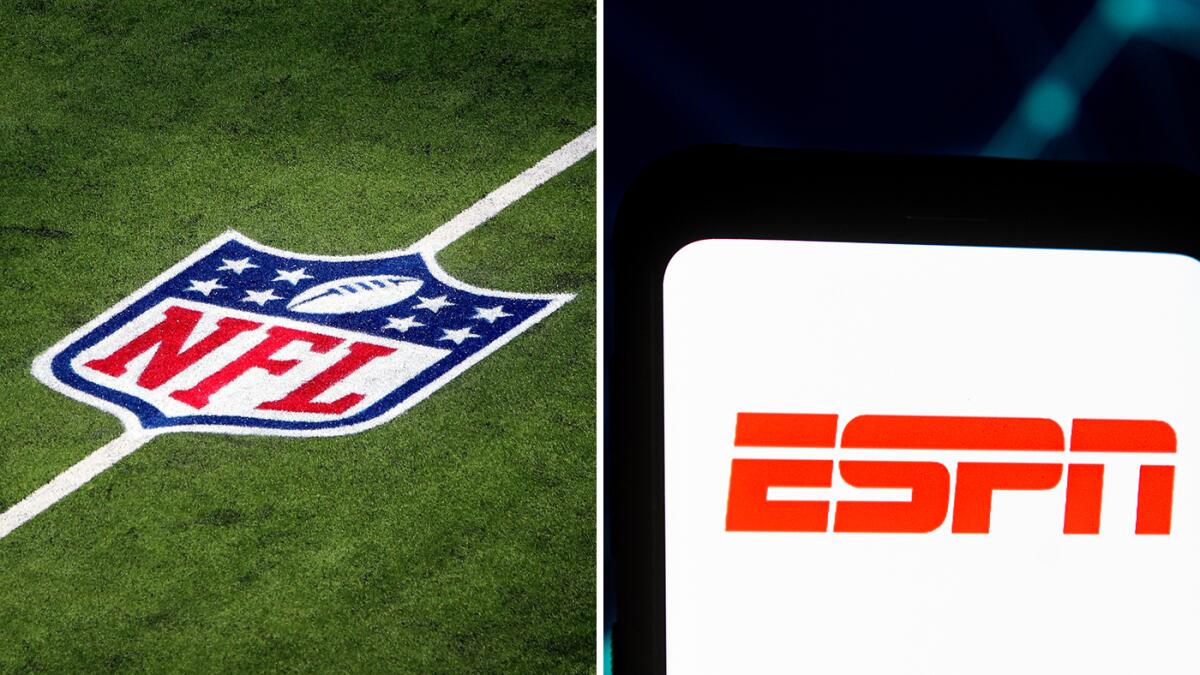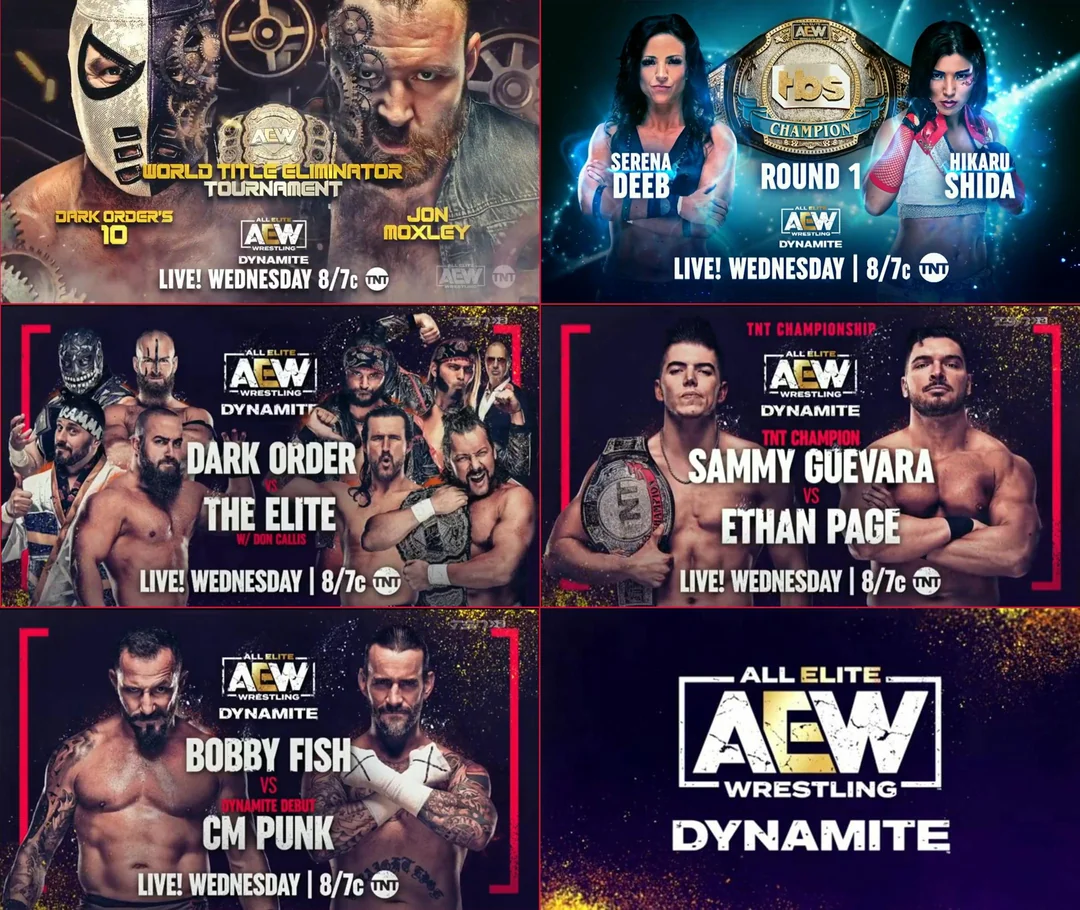The National Football League (NFL) and ESPN have shared a long-standing partnership that has played a major role in shaping how football fans consume the game. Over the years, ESPN has been one of the NFL’s most significant media partners, bringing iconic programs like Monday Night Football into homes across America and beyond. Their renewed and expanded deal is not just a routine contract extension—it’s a strategic move that speaks to the changing dynamics of sports broadcasting, technology, and audience behavior.
The latest NFL–ESPN agreement is about more than simply broadcasting games. It’s a multifaceted deal aimed at strengthening the NFL’s media reach, deepening ESPN’s presence in the football landscape, and adapting to a new era where streaming, global markets, and fan engagement are just as important as traditional TV ratings.
Enhancing Broadcast Coverage
One of the most direct aims of the NFL–ESPN deal is to expand game coverage. ESPN’s flagship product, Monday Night Football, has long been a key part of the NFL calendar. Under the new arrangement, ESPN gains the ability to broadcast more high-profile matchups, including an increased number of playoff games. This move ensures that fans will see more marquee contests on ESPN’s platforms rather than only on rival networks.
By securing more premium matchups, ESPN strengthens its status as a go-to destination for must-watch NFL action. Meanwhile, the NFL benefits by placing its most compelling games in front of larger, engaged audiences, thereby boosting ratings, advertising revenue, and overall brand appeal.
Streaming Integration and the Digital Push
The deal also has a clear digital strategy. ESPN’s parent company, Disney, operates ESPN+—a subscription streaming service that has become an important pillar of its sports portfolio. The NFL–ESPN agreement provides more flexibility for games and related content to be available on ESPN+, offering fans a seamless way to watch matches on mobile devices, smart TVs, and other platforms without relying solely on cable or satellite services.
This move is in direct response to the changing media habits of younger audiences, many of whom are “cord-cutters” or “cord-nevers” who prefer on-demand streaming over traditional TV schedules. By incorporating streaming rights, the NFL ensures it stays accessible to this growing segment, while ESPN gains another reason for subscribers to keep paying for its digital services.
Expanding International Reach
Another key aim of the deal is to broaden the NFL’s global footprint. While American football is still most popular in the United States, the NFL has been making a concerted effort to grow its fan base overseas. ESPN’s international network, along with Disney’s global media infrastructure, allows the league to showcase games to audiences in Latin America, Europe, and parts of Asia.
This expansion not only helps the NFL develop new fan markets but also opens the door for future international games, merchandising opportunities, and cross-border sponsorship deals. By leveraging ESPN’s global channels, the league can build familiarity with its teams, stars, and traditions, turning the NFL into a more recognized sports brand worldwide.
Year-Round Football Coverage
The NFL–ESPN partnership isn’t just about game broadcasts—it’s about keeping football in the conversation 365 days a year. ESPN’s news shows, debate programs, podcasts, and digital articles provide constant coverage of NFL storylines, from the draft to training camps to free agency and beyond.
The new deal strengthens ESPN’s commitment to extensive NFL coverage, giving the network more behind-the-scenes access, exclusive interviews, and opportunities to produce documentary-style content. For the NFL, this means a steady drumbeat of publicity and fan engagement during the off-season, ensuring that interest doesn’t fade when there’s no live action on the field.
Boosting Advertising and Sponsorship Value
One of the practical aims of the deal is to create more premium advertising opportunities. High-profile games like Monday Night Football and playoff matchups command some of the highest ad rates in sports television. With more key games under ESPN’s banner, both ESPN and the NFL can attract top-tier advertisers willing to pay a premium to reach millions of engaged viewers.
Additionally, the integration of streaming offers advertisers the ability to run more targeted, data-driven campaigns. Instead of relying on broad national spots, brands can tailor their messages to specific audiences based on viewing habits, demographics, and location—something traditional TV alone cannot achieve as effectively.
Strengthening Competitive Position in the Sports Media Landscape
The sports media world has grown increasingly competitive, with streaming services, tech giants, and traditional broadcasters all fighting for premium sports rights. Amazon now streams Thursday Night Football, NBC has Sunday Night Football, and CBS and Fox have large portions of Sunday afternoon games.
The NFL–ESPN deal ensures that ESPN remains firmly in the mix, not just as a cable network but as a multi-platform sports powerhouse. By locking in high-value NFL content, ESPN retains its relevance in an evolving media environment, where holding exclusive live sports rights is often the difference between leading the market and falling behind.
Future-Proofing Through Flexibility
A subtle but important aspect of the deal is flexibility. With the sports media world rapidly evolving, both the NFL and ESPN wanted an agreement that could adapt to new distribution methods and fan behaviors. This flexibility includes the potential to shift games between platforms, integrate augmented reality or interactive features for viewers, and adjust broadcasting strategies if technology or audience preferences change dramatically over the contract’s lifespan.
This ensures that the partnership can remain relevant even if the media landscape looks very different five years from now.
Conclusion
The NFL–ESPN deal is far more than a standard rights agreement. It’s a strategic partnership designed to expand reach, strengthen brand visibility, adapt to the streaming revolution, grow international audiences, and maintain football’s position as one of the most-watched sports in the world.
For the NFL, it secures a powerful media ally that can deliver its product to millions of fans across both traditional and digital channels. For ESPN, it cements its place as a top-tier sports broadcaster in a fiercely competitive market.
Ultimately, the deal aims at one thing above all else—ensuring that NFL football remains a central, unmissable part of the sports entertainment landscape, no matter how audiences choose to watch.




